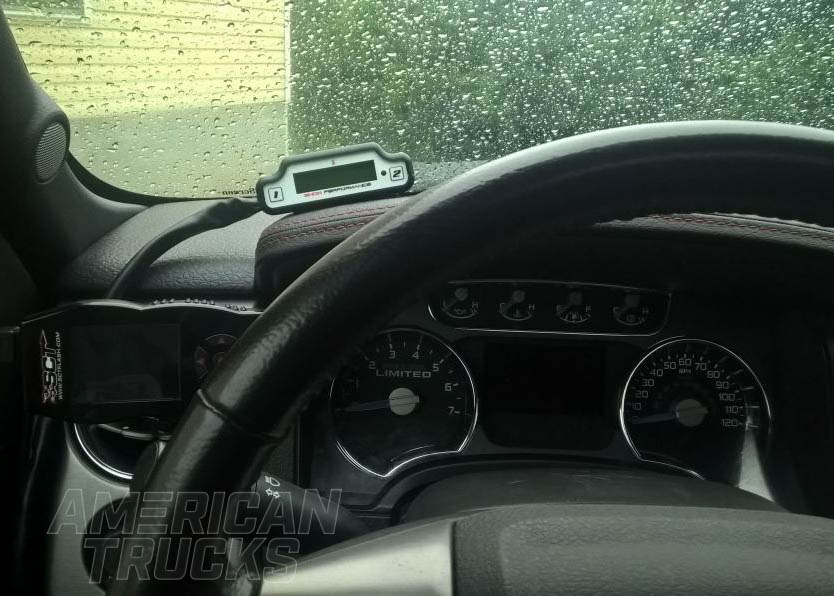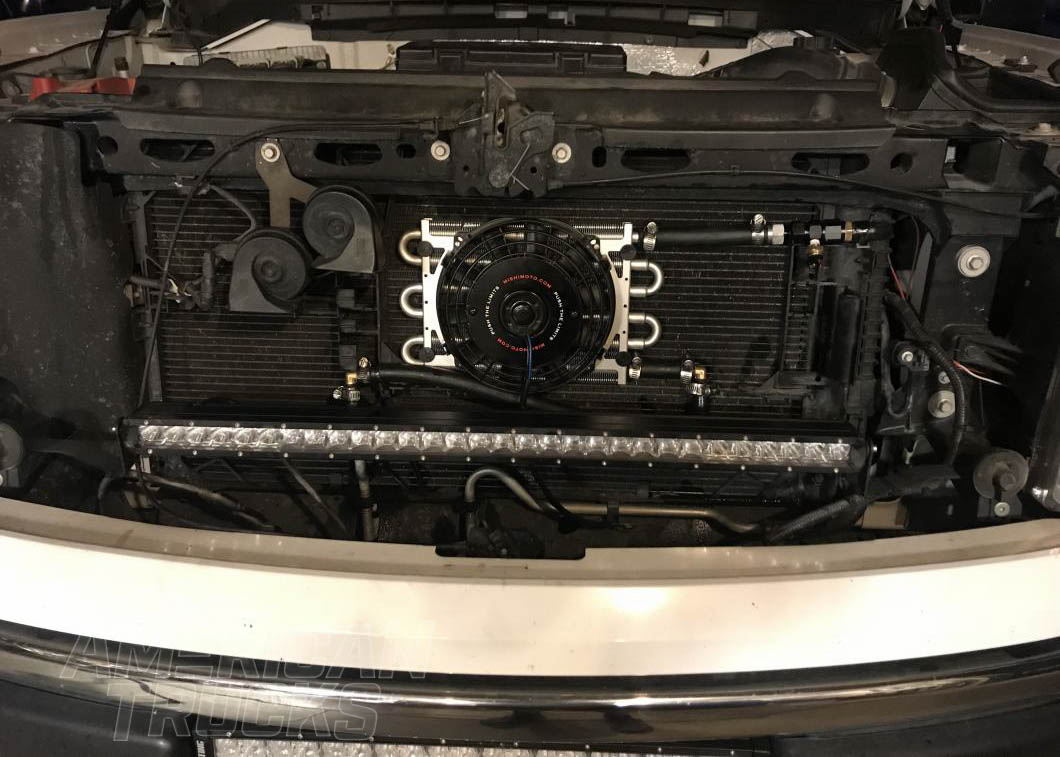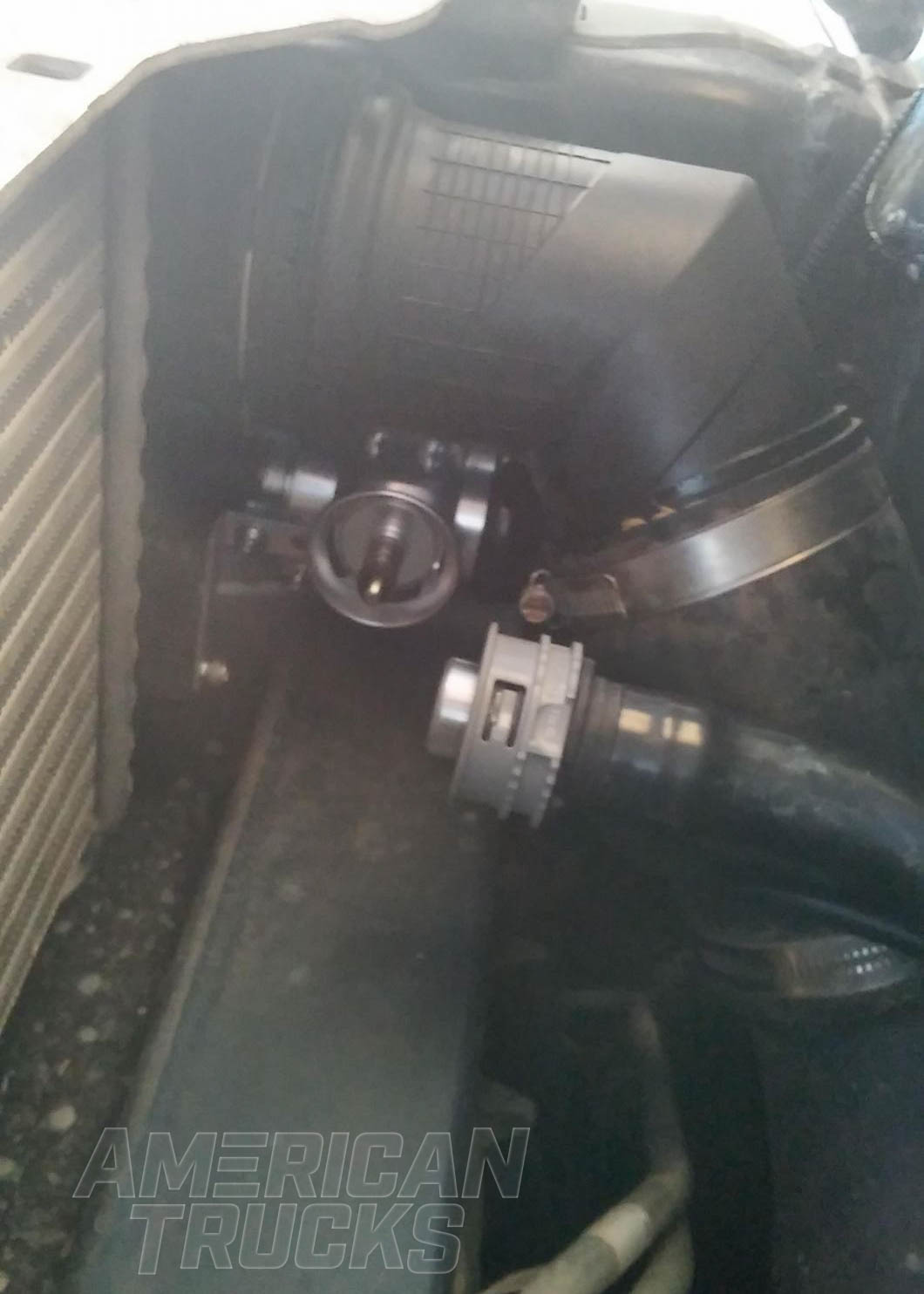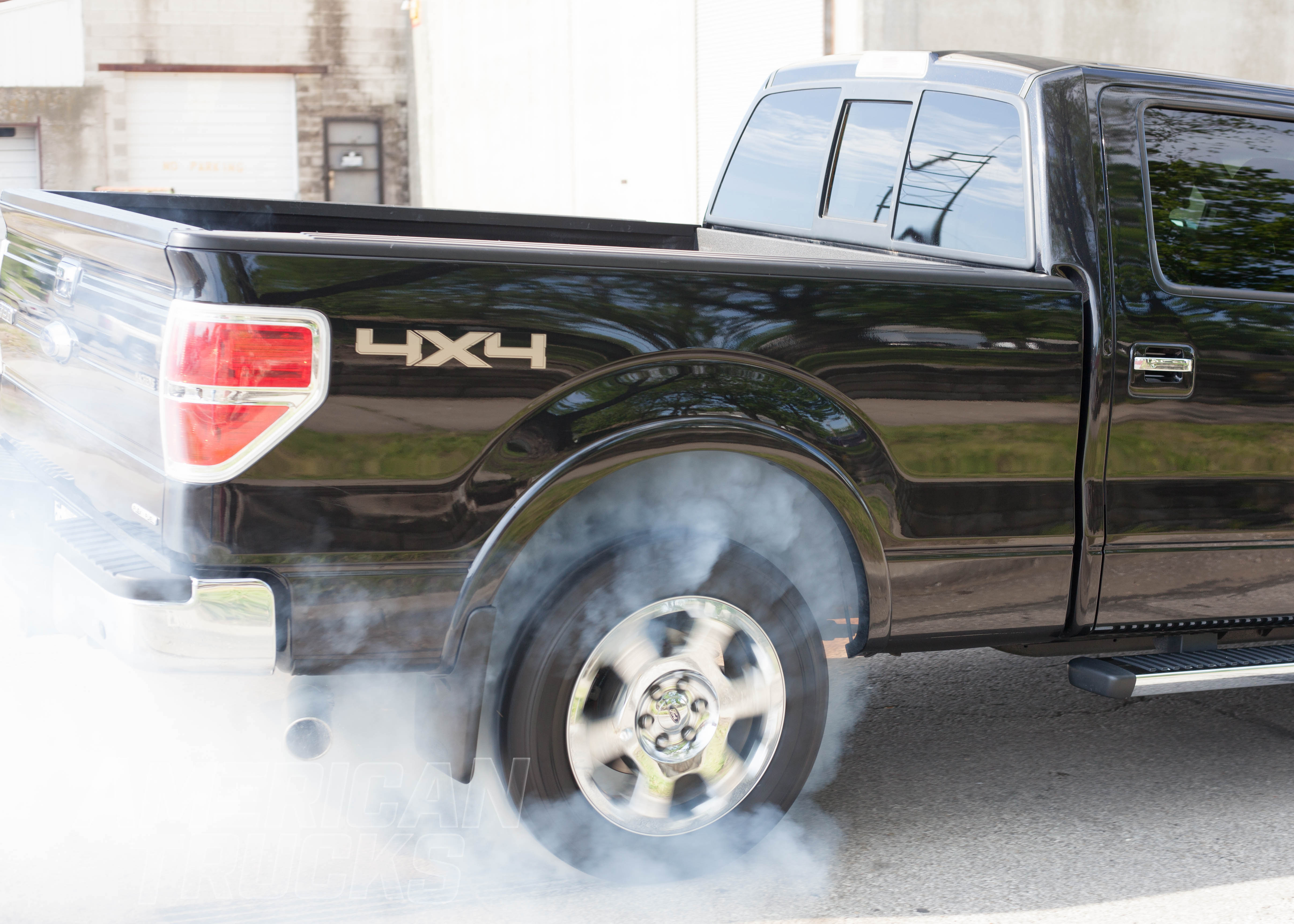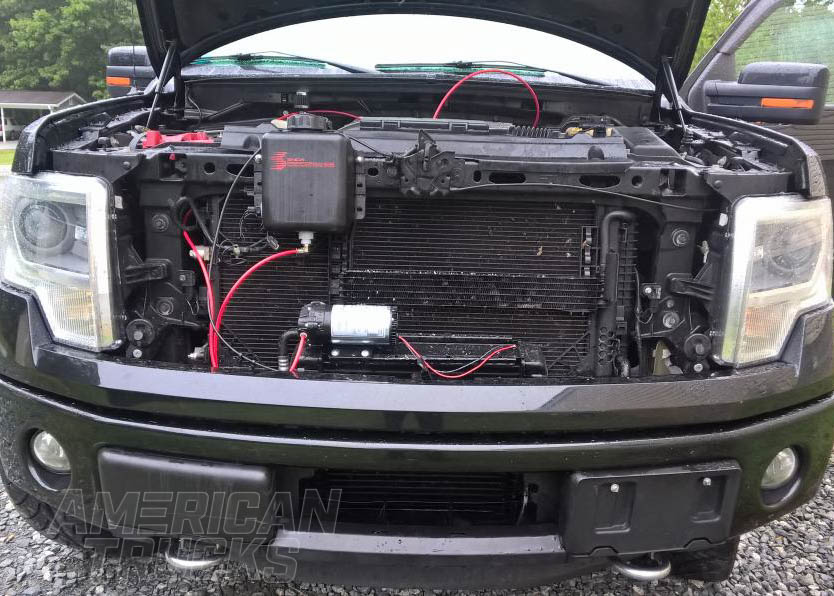Boost is a massive trend sweeping across the entire world of both truck and car owners. With F150s standing strong as the number one truck in America, it’s only natural they’d be subject to this type of modification. EcoBoost models arrived from the factory already equipped with a turbocharger, so it’s natural for Ford owners to follow this trend. To help you get started with your boost build for your F150 we’re going to take a look at what the aftermarket has to offer to help you better understand why this mod is perfect for you, and how you can make this happen.
Contents
Shop F150 Turbocharger Kits
Adding a turbo to your F150 is a great way to pick up your truck's response time. With the freedom and flexibility to mix and match the perfect combination of components for your ideal set up, this modification can be a satisfying project. Add a turbo to your truck and boost your performance to a new level.

